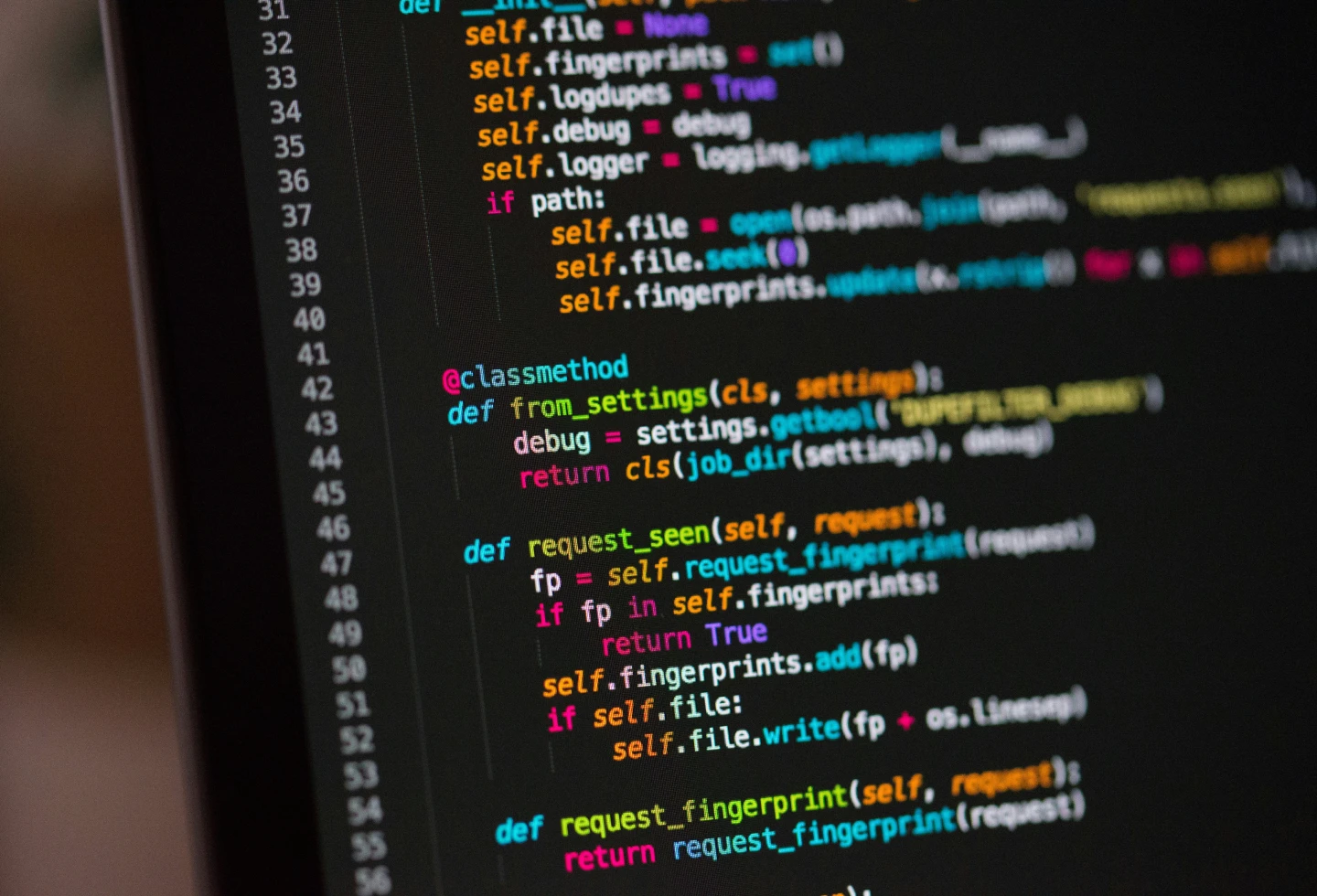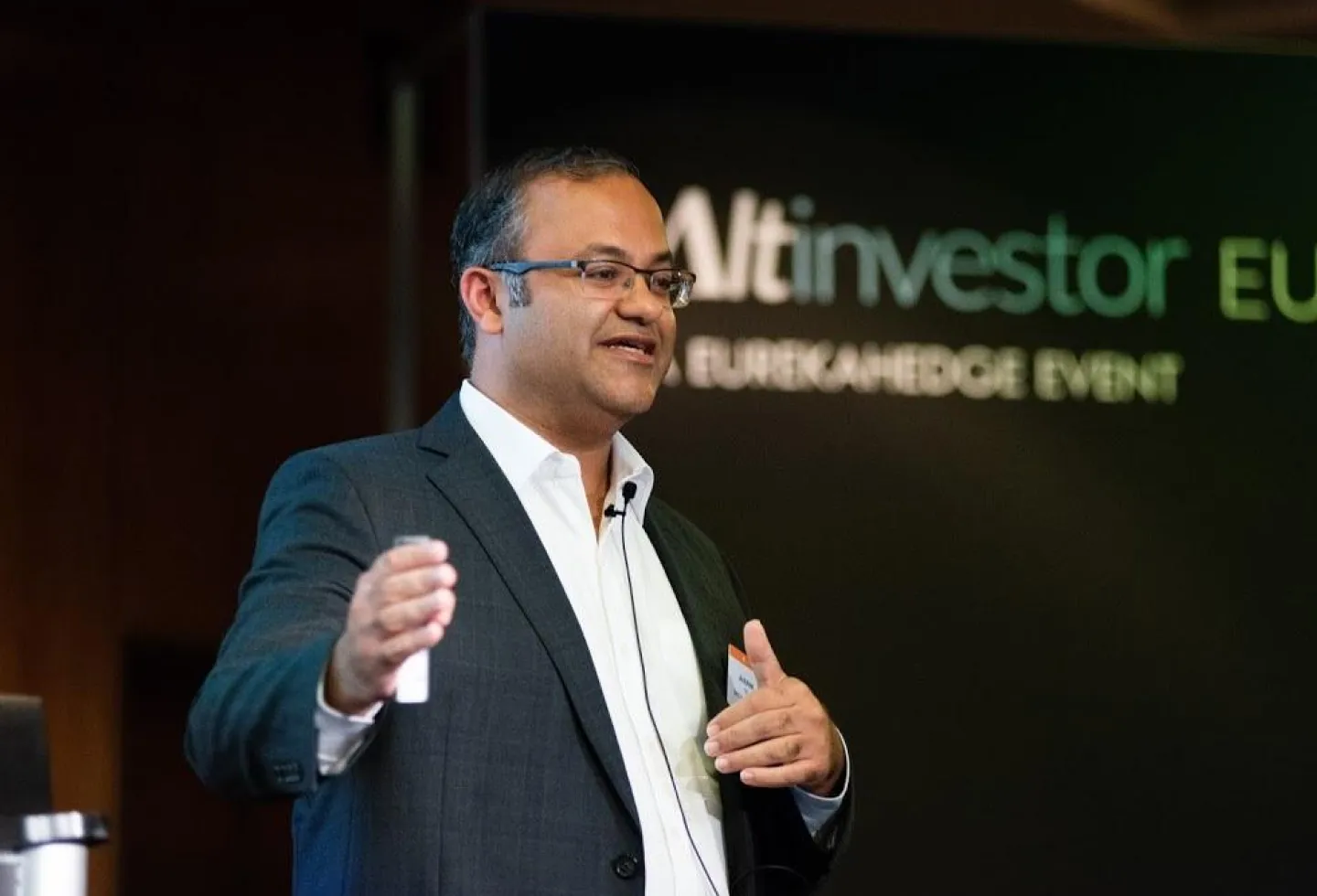The rise of artificial intelligence and machine learning is both exhilarating and daunting.
As these powerful tools become increasingly embedded into mission-critical systems, ensuring their security and trustworthiness is paramount.
This column pulls back the curtain on the growing threats around the security of open-source machine learning models, adversarial attacks, and the lack of transparency in modern AI systems.
I got the chance to interact with a veteran in the field. And the following is the conversation I had with him!
With a blend of technical acumen and real-world experience, offers practical strategies for mitigating these risks while illuminating the path forward for secure, ethical AI development.
Q. Could you briefly introduce yourself and your background in the software development field?
I’m a software developer with over a decade of experience working at the cutting edge of technology.
Currently, I lead a team of talented engineers focused on developing secure and robust machine-learning models for enterprise applications.
Throughout my career, I’ve tackled numerous complex challenges, from building high-performance distributed systems to deploying AI solutions at scale.
One memorable project involved developing a machine learning model to detect fraudulent transactions for a major financial institution.
Ensuring the model’s accuracy while maintaining strict data privacy and security standards was a real test, but it’s experiences like these that have shaped my approach to secure software development.
Q. Can you shed some light on why this is such a crucial issue businesses need to understand?
As machine learning becomes increasingly integral to business operations, ensuring the security of open-source LLMs/models is paramount.
Many organizations leverage these publicly available models as a starting point, customizing and fine-tuning them for their specific use cases.
However, this process introduces potential vulnerabilities that bad actors could exploit.
Just last year, my team discovered a critical security flaw in a popular open-source image recognition model that would have allowed an attacker to manipulate predictions simply by adding imperceptible noise to input images.
We immediately reported the issue and worked with the maintainers to patch the vulnerability, but it served as a stark reminder of the risks involved.
Organizations must treat the security of open-source machine learning models with the same rigorous security protocols as any other critical software component.
Comprehensive testing, access controls, and secure deployment practices are essential to mitigate the risk of adversarial attacks or unintended model behavior.
Q. What other major challenges are you seeing related to securing machine learning systems?
One significant challenge is the inherent complexity and opacity of modern machine learning models.
As these models grow more sophisticated, with millions or billions of parameters, it becomes increasingly difficult to interpret their decision-making processes fully.
This lack of transparency creates potential security blind spots that malicious actors could exploit.
I’m also closely monitoring the rise of adversarial machine learning, where carefully crafted inputs are used to intentionally mislead or manipulate models.
While still an emerging field, the ability to generate highly realistic deepfakes or bypass object detection systems poses serious risks, particularly in domains like autonomous vehicles or content moderation.
Addressing these challenges requires a multi-faceted approach, incorporating robust data pre-processing, model hardening techniques, and continuous monitoring for anomalous behavior.
Collaboration between domain experts, data scientists, and security professionals is key to staying ahead of these evolving threats.
Q. What’s your vision for the future of secure machine learning, and what steps should professionals take to prepare?
Secure and trustworthy machine learning will be a key competitive differentiator in the years ahead.
As AI systems become more deeply embedded in critical infrastructure and decision-making processes, ensuring their integrity and reliability will be paramount.
We’re already seeing increased regulatory scrutiny and calls for greater transparency around AI systems, particularly in high-stakes domains like healthcare and finance.
Organizations that prioritize security and ethical AI practices from the ground up will be better positioned to navigate this.
For professionals, continuously upskilling and staying abreast of the latest security best practices and threat vectors will be crucial.
Cross-functional collaboration, particularly between data science and cybersecurity teams, will also be vital for developing holistic strategies to safeguard AI systems. Our industry must proactively address these challenges head-on.
By fostering a culture of security-conscious AI development and championing robust governance frameworks, we can unlock the tremendous potential of machine learning while mitigating its risks. The time to act is now, as the consequences of inaction could be severe.\
Conclusion
The security of open-source machine learning models is an issue that demands our industry’s urgent attention. The risks posed by adversarial attacks, inherent opacity, and vulnerabilities in open-source models could have severe consequences if left unchecked.
However, by prioritizing secure AI practices from the ground up, fostering cross-functional collaboration, and championing robust governance frameworks, we can unlock the tremendous potential of machine learning while mitigating its dangers.
Proactive action and an unwavering commitment to ethical, trustworthy AI will be crucial competitive differentiators in the years ahead.
For professionals navigating this rapidly evolving terrain, continuous learning, cross-skilling, and staying ahead of emerging threats should be top priorities.
By heeding the insights of experts we can collectively shape a future where artificial intelligence is not only powerful but also secure, transparent, and aligned with the best interests of society.
The time to act is now.
The stakes are simply too high to ignore the clarion call for secure, responsible AI development. Let’s embrace this challenge head-on and cement our industry’s role as a force for technological progress that uplifts humanity.



